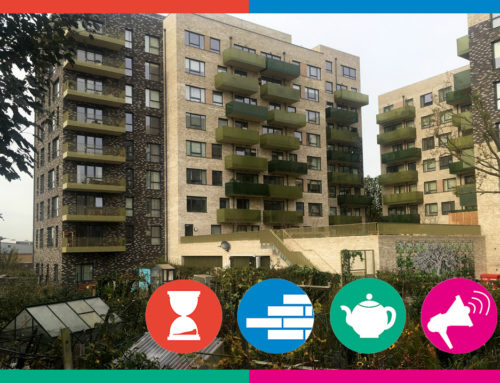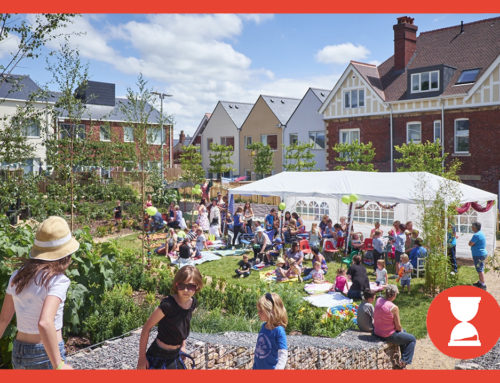Churcham
This case study highlights how affordable housing that meets local needs can be delivered in rural areas.
Location: Churcham, Forest of Dean, Gloucestershire

About
Churcham is a small development of seven new houses on a Rural Exception Site in Churcham, Forest of Dean. It is the first new affordable housing to be constructed in the parish for fifty years.
It is included as a case study because it is perceived as a good example of agencies working together, with the support from the local community, to deliver a project to meet a recognised local need. Homes are managed by 2RH (housing association) – five are ‘general needs’ homes let at affordable rents, while the other two properties are shared ownership.
Project details
People with a local connection to Churcham will be given priority for the mix houses, flats and a bungalow. This allocations policy also fits with Forest of Dean District Council’s priorities. Delivering the project took five years – tenants moved in early in 2018.
The project was delivered in ‘key stages’:
-
An initial discussion involved the parish council, led by Gloucestershire Rural Community Council and Forest of Dean District Council – there was no developer involvement, so parish was involved from the start in discussions around local housing needs
-
Several possible sites were identified
-
Site was chosen – negotiation with landowner
-
Community consultation, with parish council involved
-
Two Rivers Housing Association bought the land
-
A decision was made on what to build, based on outcomes from a Housing Needs Survey carried out by Gloucestershire Rural Community Council with the community
-
‘Mock up’ discussed with parish council: ‘this is what it will look like’
-
Confirmation development was viable, in line with needs and acceptable to parish council
-
Homes were built





